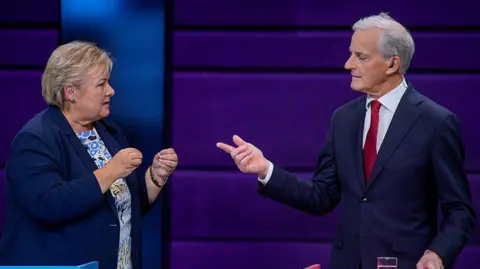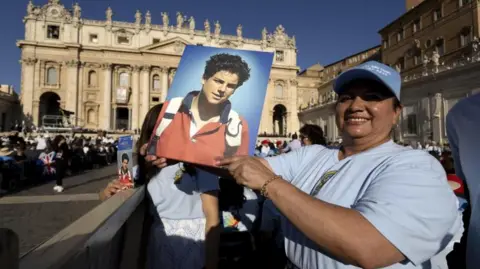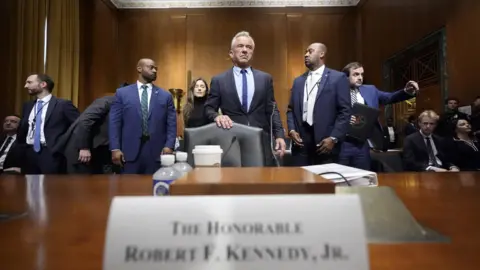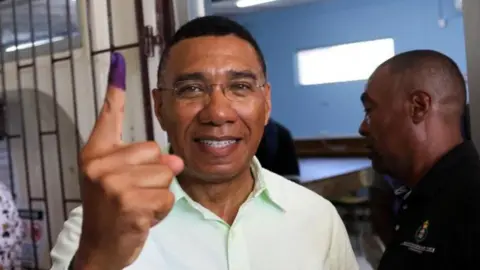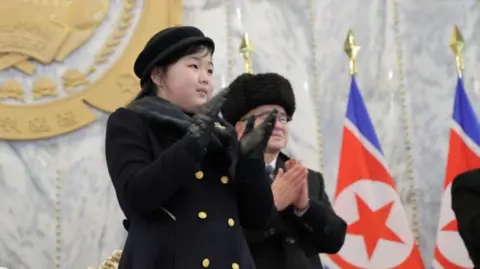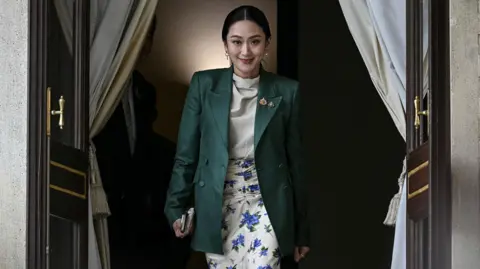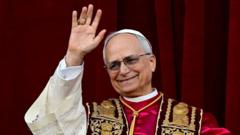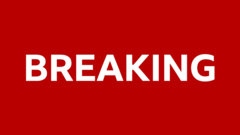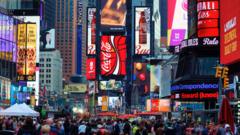---
Vatican City is abuzz as 133 cardinals prepare to cast their votes for a new pope, marking the first papal conclave in more than ten years following the death of Pope Francis a few weeks ago. The gathering, set to take place this Wednesday in the iconic Sistine Chapel, sees the largest number of voting cardinals in history come together to shape the future of the Catholic Church, which has seen considerable turmoil and division in recent years.
In anticipation of the conclave, cardinals gathered on Wednesday morning to celebrate Mass at St. Peter’s Basilica. Their procession toward the Sistine Chapel will begin at approximately 4:30 PM local time, with cardinals taking an oath of secrecy as they embark on the sacred task of selecting a new leader for approximately 1.4 billion Catholics worldwide.
This conclave is unique, as many cardinals appointed by Francis are participating for the first time, introducing a dynamic that could lead to unexpected political alliances and voting patterns. The Church is at a crossroads, grappling with issues such as declining membership, financial strains, and a fraught legacy of sex abuse scandals that have rocked the institution. The upcoming election will serve as a barometer of whether the conclave will pivot toward more progressive ideals encapsulated by Francis or revert to a more traditionalist approach.
The election process will consist of multiple rounds of voting, with a two-thirds majority required for a candidate to be elected. If no decision is reached on the first day, cardinals will spend the night in nearby Vatican accommodations and continue voting each subsequent day until a consensus is achieved. Speculation is rife regarding potential front-runners, with Cardinal Pietro Parolin, the Vatican’s secretary of state, and Cardinal Luis Antonio Tagle of the Philippines frequently mentioned.
As the conclave unfolds, the deliberations are expected to reflect the ongoing debate within the Church about its future identity: will it embrace the avenues of openness and inclusion advocated by Francis, or will it revert to more conservative stances? The conclave represents not only the decision of who will lead but also how the church will engage with the pressing social issues of our time, including migration, diversity, and the increasing clamor for inclusivity.
As the attention of the global faithful turns to the Vatican, the world watches to see the decisions made by these cardinals and the implications for the future of one of the oldest institutions in the world.
Vatican City is abuzz as 133 cardinals prepare to cast their votes for a new pope, marking the first papal conclave in more than ten years following the death of Pope Francis a few weeks ago. The gathering, set to take place this Wednesday in the iconic Sistine Chapel, sees the largest number of voting cardinals in history come together to shape the future of the Catholic Church, which has seen considerable turmoil and division in recent years.
In anticipation of the conclave, cardinals gathered on Wednesday morning to celebrate Mass at St. Peter’s Basilica. Their procession toward the Sistine Chapel will begin at approximately 4:30 PM local time, with cardinals taking an oath of secrecy as they embark on the sacred task of selecting a new leader for approximately 1.4 billion Catholics worldwide.
This conclave is unique, as many cardinals appointed by Francis are participating for the first time, introducing a dynamic that could lead to unexpected political alliances and voting patterns. The Church is at a crossroads, grappling with issues such as declining membership, financial strains, and a fraught legacy of sex abuse scandals that have rocked the institution. The upcoming election will serve as a barometer of whether the conclave will pivot toward more progressive ideals encapsulated by Francis or revert to a more traditionalist approach.
The election process will consist of multiple rounds of voting, with a two-thirds majority required for a candidate to be elected. If no decision is reached on the first day, cardinals will spend the night in nearby Vatican accommodations and continue voting each subsequent day until a consensus is achieved. Speculation is rife regarding potential front-runners, with Cardinal Pietro Parolin, the Vatican’s secretary of state, and Cardinal Luis Antonio Tagle of the Philippines frequently mentioned.
As the conclave unfolds, the deliberations are expected to reflect the ongoing debate within the Church about its future identity: will it embrace the avenues of openness and inclusion advocated by Francis, or will it revert to more conservative stances? The conclave represents not only the decision of who will lead but also how the church will engage with the pressing social issues of our time, including migration, diversity, and the increasing clamor for inclusivity.
As the attention of the global faithful turns to the Vatican, the world watches to see the decisions made by these cardinals and the implications for the future of one of the oldest institutions in the world.










